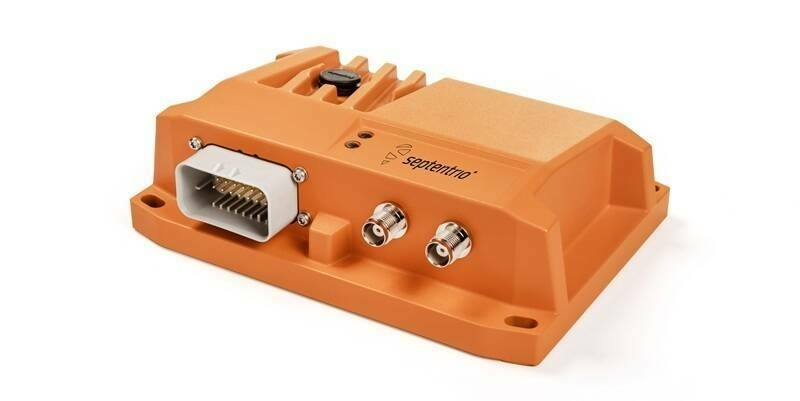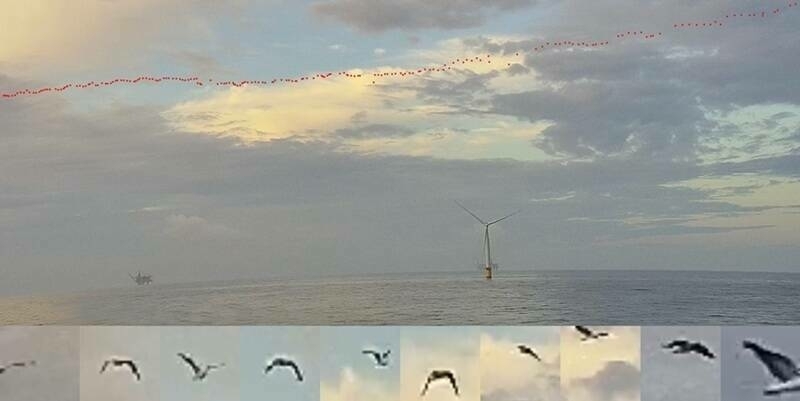Collision avoidance systems are a key technology for future unmanned aerial systems and advanced air traffic services. The objective is to increase the safety of manned and future unmanned aviation by detecting possible collisions with both cooperative and non-cooperative obstacles, and performing avoidance maneuvers as a last resort to avoid collisions. Obstacle avoidance is the key technology in missions involving the highest possible degree of autonomy, e.g. for generating situation maps for crisis and disaster management.
Experts at AIT have taken an innovative vision-based approach, enabling future unmanned aerial systems to observe and understand their environment in real-time. This approach goes beyond the state-of-the-art, making use of novel sensing techniques and route planning strategies for collision avoidance. The technology is capable of detecting both cooperative and non-cooperative objects in the airspace by fusing passive electro-optical and thermal-infrared sensor data. The technology was integrated in a Diamond Aircraft DA42 MPP and demonstrated in relevant scenarios.
Diamond Aircraft has used the test results to assess potential applications for this technology as an innovative and effective safety-improving feature both for unmanned flying objects and manned aviation. One option would be to integrate the technology into an autonomous flight control system similar to the one developed during a recent Diamond Aircraft project which, in 2015, successfully demonstrated safe autonomous flying for manned aircraft in emergency situations, including completely automated landing. Another possible use could be sensorial integration into conventional manned aircraft, to increase situational awareness and prevent collisions with airborne or ground obstacles. This would offer an additional and more reliable pair of artificial “eyes” able to generate potentially life-saving collision avoidance advisories.
Subscribe to our newsletter
Stay updated on the latest technology, innovation product arrivals and exciting offers to your inbox.
Newsletter

